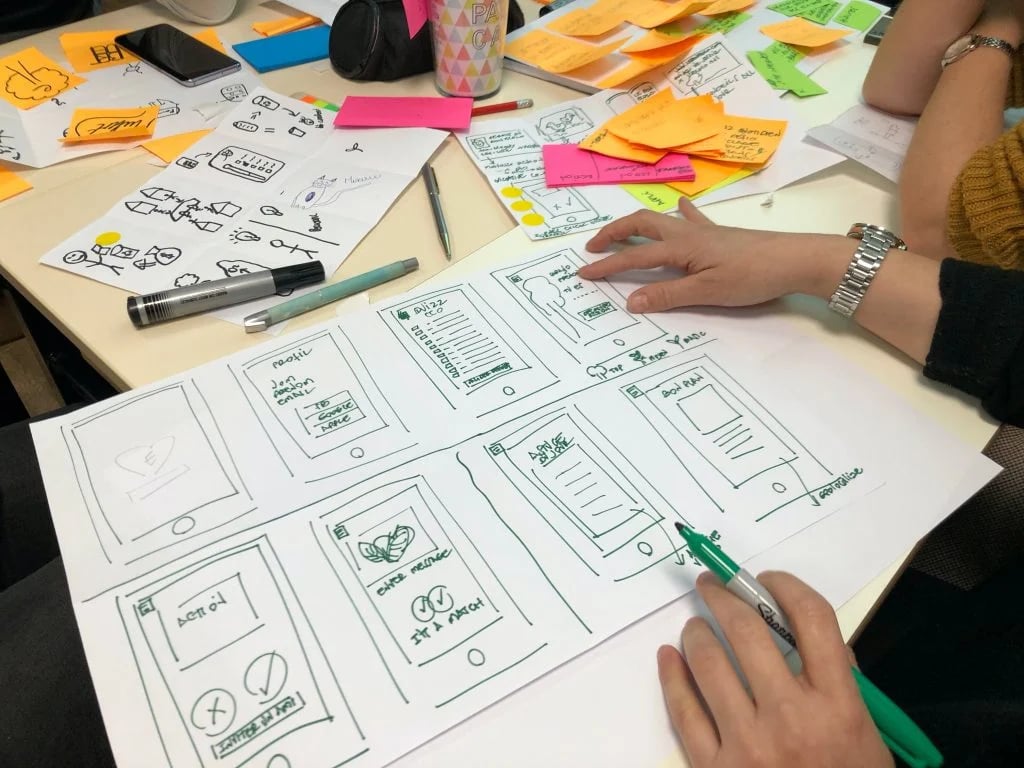It is about accessibility and the WCAG reform ("Web Content Accessibility Guidelines").
In this blog post, we want to introduce you to what exactly these guidelines are, what impact they have on the development and testing of digital products and how they can improve the lives of millions of people in the future.
What actually is accessibility?
The term "accessibility" is usually used in the context of disability-friendly design of places, products or services.
These limitations, which create the barriers and which need to be bridged, can be of a very different nature: sensory, cognitive or even motor.
In addition to physical barriers, digital barriers play an increasingly important role in the lives of people with disabilities. In order to facilitate the use and access of digital content, a number of issues need to be considered.For example, challenges can arise when using apps through finger gestures if motor impairments are present. Similarly, texts that are too small without a magnifying glass function or the lack of the option to have texts spoken aloud are insurmountable obstacles for blind or visually impaired people. For those not affected, these are barely perceptible hurdles.
And what does WCAG mean?
WCAG stands for the so-called "Web Content Accessibility Guidelines". It is an internationally developed standard for the barrier-free design of websites, which has been mandatory for public bodies in the European Union since June 2021.
These bodies include state institutions, but also public corporations such as health insurance companies, local public transport, universities, cultural institutions and savings banks.
The WCAG were developed over several years by the WAI (“Web Accessibility Initiative”) within the W3C (“World Wide Web Consortiums”) with the aim - to provide a common, worldwide standard for the accessibility of web content.
Why should accessibility be included in the testing process?
Basically, the aim is not to exclude people with disabilities from any area of life and to offer them the possibility of unrestricted use of digital content.
In addition to the ethical aspect, certain institutions and companies will be obliged by legal requirements to provide an appropriate offer. Therefore, they should see to it as early as possible that these requirements are also met in quality assurance.
It would be fatal if errors were to occur in these areas of an app or website that make it difficult or even impossible to use.
Moreover, unlimited access increases the circle of potential users in relation to apps and websites that are not barrier-free.
How is accessibility tested?
A well-founded testing concept is now standard for every product manager or IT manager. But which requirements must be taken into account specifically when testing for accessibility?
Basically, there are different approaches here.
The best-known option is probably the BITV test. This tests the accessibility of websites on the basis of the German Barrier-Free Information Technology Ordinance (BITV) and is a procedure that has been established and continuously developed for years. Institutions and companies that are internationally positioned alternatively choose the WCAG test directly.
This is based on the European guidelines of the W3C and enables an evaluation according to internationally valid standards.
Of course, you can also carry out your own manual and automated tests. In this context, however, it should be mentioned that although the automated solutions check the individual test steps more quickly, they are not sufficient to guarantee full accessibility due to their limitations.
Accessibility will hopefully occupy us for a long time to come and, bit by bit, enable a complete opening of the digital space for all people.

